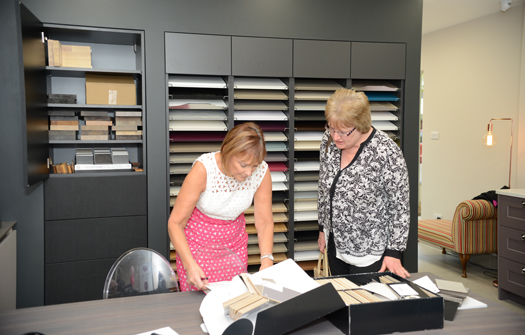
12 Sep 8 ESSENTIAL KITCHEN PLANNING STEPS
8 Essential Kitchen Planning Steps
We often find that customers struggle to describe exactly what they want or need when it comes to their dream kitchens so we’ve listed some key areas to help you when you come to plan your new kitchen.
1. What Space do You Have?
What space do you need in your kitchen? Think about how much worktop space you need for food preparation, think about your storage needs and also think about your living requirements. Don’t forget to also think about who uses your kitchen. I know it sounds obvious but is it your husband, wife, kids or nanny? Because each have different requirements. When it comes to kitchen space people often think about the island vs. the breakfast bar and this is a major decision that needs consideration. We’ll be writing a blog about the pros and cons of both in the near future so look out for this!

2. Make a Wish List
Now the ‘wish list’ should start big and then certain elements can always be struck off, if necessary, when it comes to the budget. To help you with writing a wish list we would advise you to take a look at your current kitchen and list the areas that don’t work for you e.g. not enough drawers or drawers too shallow. We would then look at appliances and see what new products have been introduced to the market since the last kitchen was fitted e.g. induction hobs, steam ovens, pantry larder, sous vide drawer. When you think about appliances in your kitchen, they should help make cooking and entertaining less stressful, especially when all of us live such busy lifestyles. Selecting the right appliance can make a world of difference. If you take steam cooking for example, a steam cooker can ensure food retains its texture, colour and vitamins, there’s less washing up as no saucepans are used and when the programme is finished it keeps the food in steam, hot until you are ready to serve. A must-have in any kitchen!
3. Inspiration
Inspiration for your kitchen can come in all shapes and forms, from friends to cooking programmes. We would suggest all our customers create mood boards of how they would like their kitchen to look. Use ideas from friends, celebrity chefs, cooking programmes and collect images from magazines, Instagram and Pinterest to put together a collection of looks you like along with colours and textures to assist the designer with your ideal kitchen. Remember to collect pictures showing a range of preferences; a favourite sink/island combination even if you hate the cabinets, another image could have your favourite cabinets you want. Collect photos with an eye to details as well like backsplashes, hardware and lighting.
4. Choose a Good Kitchen Designer
We would suggest that anyone who is having a new kitchen should employ a good kitchen designer. They can be the difference between a fabulous kitchen and a disastrous one! A good designer will look at your kitchen from a different perspective, providing you with advice on new products and appliances that would suit your needs. They will also suggest colour and texture options and more importantly give you confidence in the choices you make for your kitchen.
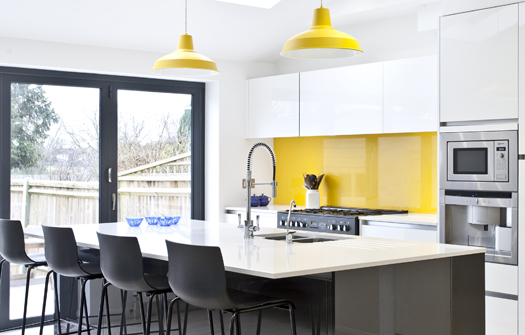
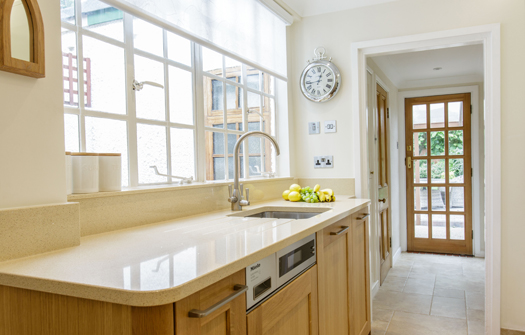
5. Have a Budget in Mind
The most important thing to do when setting your budget is to be realistic. There is a lot of product out there in the market and you could easily allow the budget to go out of control without a budget in mind. Remember to include the things that mean the most to you and don’t compromise on certain things that you might regret in the future e.g. don’t skimp on the carcases of a kitchen, these are the areas that take the wear and tear so make sure you get good value for money.
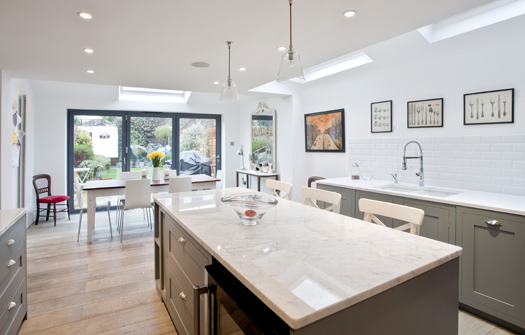
6. Supply and Install
Supply and Install is an important step in the kitchen planning process. Do you want supply only and then have to worry about who is going to fit your kitchen, or do you want to have supply and installation taken care of? If you decide to go with supply only then you will have a very limited service. On the other hand, the installation service gives you a team of skilled kitchen fitters using the latest equipment to fit your kitchen. They come with knowledge of the products, a high standard of finish, guarantees and more importantly, peace of mind.
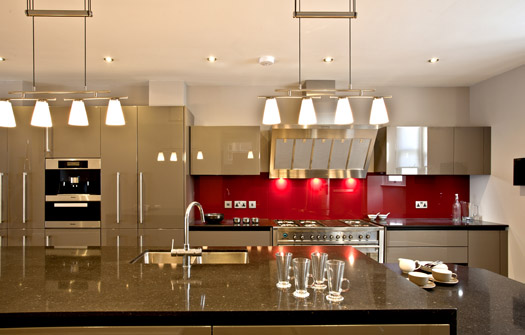
7. Kitchen Designs and Drawings
When working with a good designer they will give you the opportunity to see your design through drawings or in some cases computer-aided 3D designs giving you the reassurance and a sneak peak of how the finished product will look.
8. Decorating Your Kitchen
Now for the fun bit! Decorating your kitchen is where you can be really creative by adding accent colours or textures to enhance the design. Think about breakfast bars, seat fabric, cushions, handles, glass splash-backs and small appliances such as coffee machines. All these ‘little’ items can make a huge difference in a kitchen and can really provide the finishing touches and tie in with your colour scheme.


